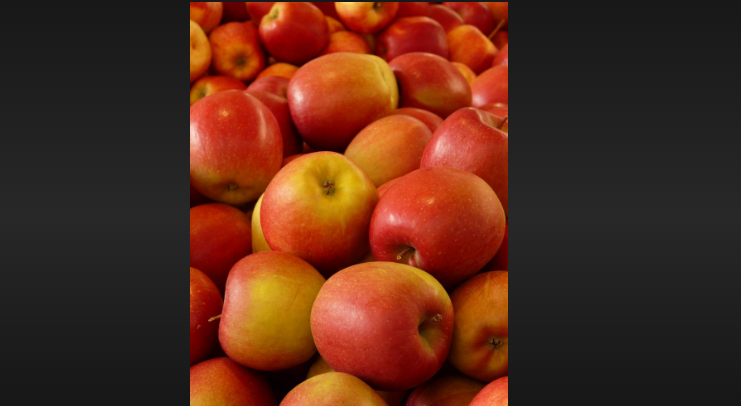Exploring the Average Weight of an Apple: Varieties, Sizes, and Nutritional Insights
Apples, a beloved and widely consumed fruit, come in various sizes and types. They are not only delicious but also nutritious. However, when it comes to determining the average weight of an apple, it can vary significantly depending on several factors.

An apple
1. Understanding Apple Varieties:
Before we delve into the average weight, let's recognize the diverse world of apple varieties:
a. Common Varieties: Some common apple varieties include Gala, Granny Smith, Red Delicious, and Fuji. Each has its own unique flavor and characteristics.
b. Sizes and Shapes: Apples come in different sizes and shapes, ranging from small and round to large and oblong.
2. Factors Affecting Apple Weight:
The average weight of an apple can be influenced by various factors, including:
a. Variety: Different apple varieties have varying average weights. For instance, Gala apples tend to be smaller and lighter, while Honeycrisp apples are often larger and heavier.
b. Ripeness: The ripeness of an apple can affect its weight. Ripe apples may be heavier due to moisture content.
c. Water Content: Apples with higher water content can be heavier than those with lower water content.
3. Average Weight Range:
To provide a general idea of the average weight of an apple, it typically falls within a range of approximately 100 to 200 grams (3.5 to 7 ounces).
However, this is a rough estimate, and individual apples can weigh less or more depending on the factors mentioned earlier.
4. Nutritional Value of Apples:
Beyond their weight, apples are renowned for their nutritional value:
a. Dietary Fiber: Apples are a rich source of dietary fiber, which aids in digestion and promotes a feeling of fullness.
b. Vitamins and Minerals: They provide essential vitamins like vitamin C and minerals like potassium.
c. Antioxidants: Apples contain antioxidants that help combat oxidative stress and inflammation.
d. Low in Calories: Apples are relatively low in calories, making them a healthy snack option.
5. Apple Uses:
Apples are incredibly versatile and can be enjoyed in various ways, including:
a. Fresh Snacking: Eating apples fresh is a popular choice due to their natural sweetness and crunchiness.
b. Cooking: Apples are used in a wide range of dishes, from pies and crisps to sauces and salads
c. Beverages: They are also used to make apple juice and cider.
6. Buying and Storing Apples:
When purchasing apples, consider the intended use. Smaller apples may be preferred for snacking, while larger ones are suitable for baking.
To keep apples fresh, store them in a cool, dark place or in the refrigerator.

Weighted average number of shares outstanding basic
The average weight of an apple can vary based on factors such as variety, ripeness, and water content. While there is a general weight range for apples, individual apples may differ. Regardless of their weight, apples are a nutritious and delicious fruit that provides dietary fiber, vitamins, minerals, and antioxidants. Whether enjoyed fresh or incorporated into various recipes, apples are a versatile and wholesome choice for a healthy diet.